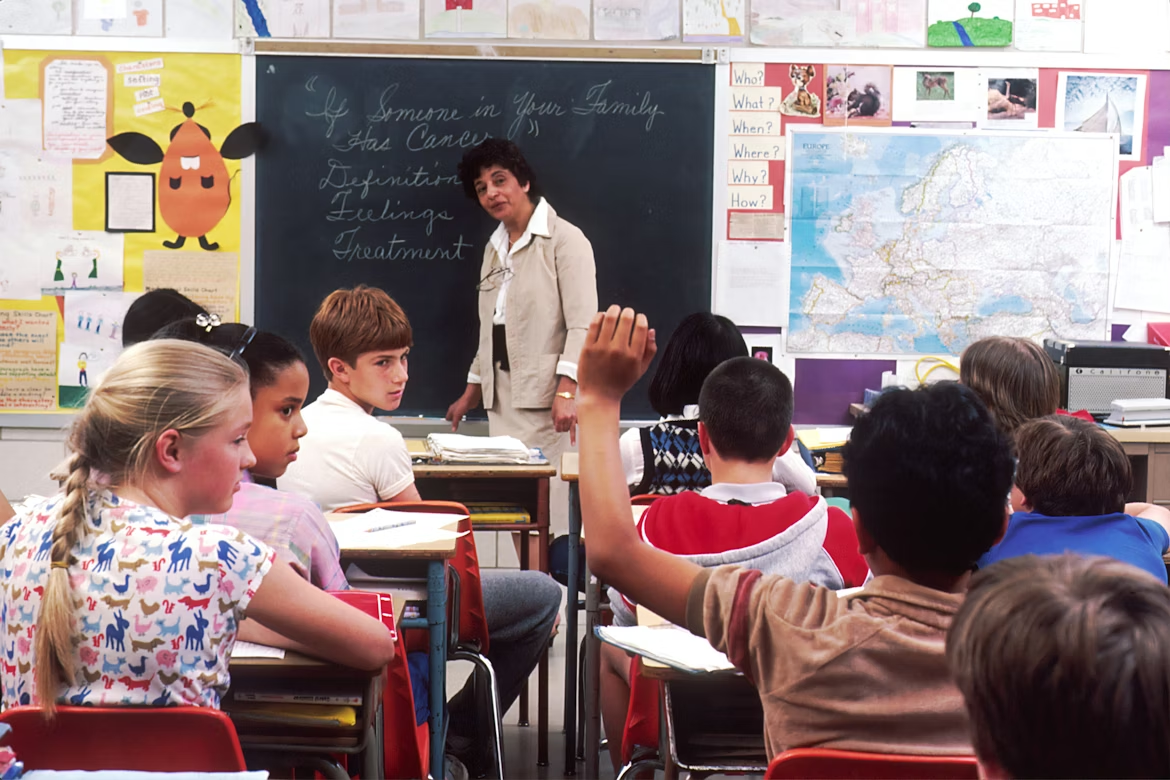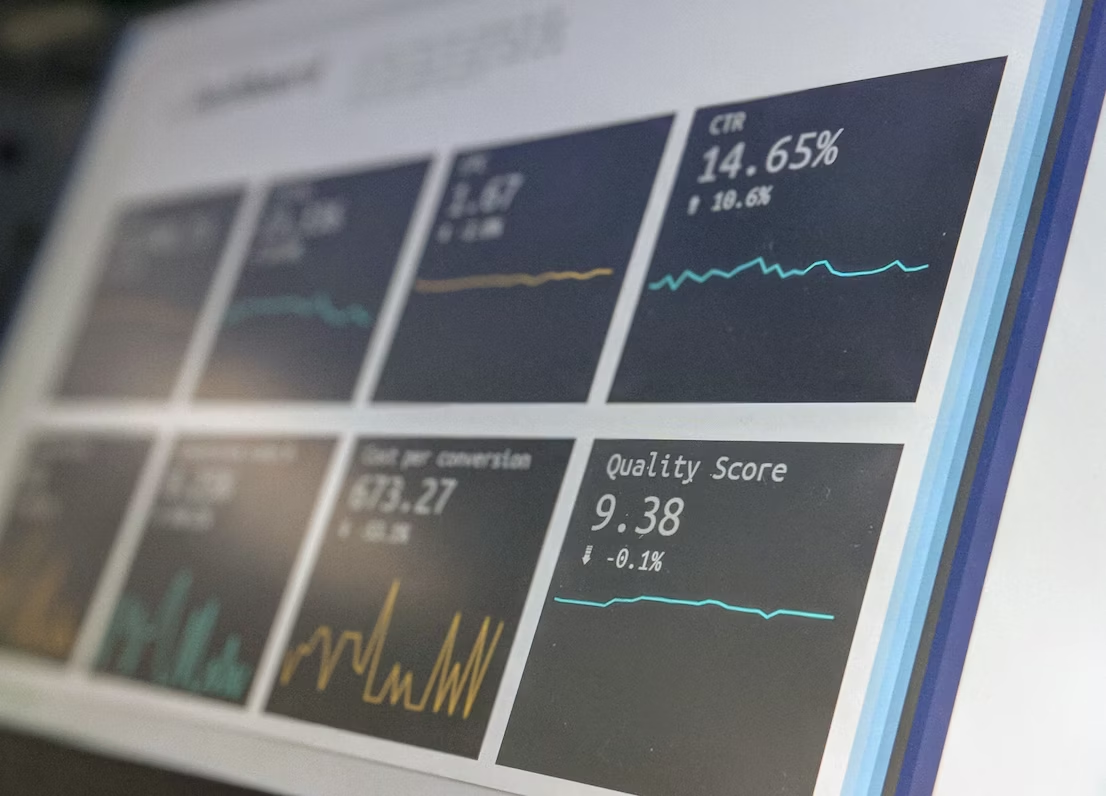Introduction to Stage Direction
Stage direction is one of the most crucial elements in bringing a play to life. It refers to the guidance provided in the script by the playwright about how the actors should move and deliver their lines on stage. The stage directions set the tone, mood, and physicality of each scene. They are the playwright's instructions to the director and actors on how to fulfill their vision for the performance.
Though often overlooked by audiences, stage directions are an integral part of dramatic storytelling. They indicate everything from where actors enter and exit to how they should behave and interact. Detailed stage directions may describe the staging, props, lighting, sound effects, and other elements that contribute to the overall atmosphere.
For theater professionals, comprehending and implementing stage directions is an essential skill. Thoughtfully crafted stage directions elevate the script from literature to a lively, visual experience. They help transport both actors and audiences into the world of the play. Mastering the subtleties of stage direction is what separates an engaging, believable production from an awkward, unrealistic one.
The Director's Role
The director is responsible for interpreting the script and guiding the artistic vision of a production. They use stage directions strategically to convey meaning and bring the writer's ideas to life. Stage directions allow the director to choreograph blocking, movement, and character interactions to shape the audience's emotional experience.
Key responsibilities of the director include:
- Analyzing the script to understand story, themes, characters, and the writer's intent. They interpret stage directions from the playwright and determine how to stage them effectively.
- Casting actors that fit each role and eliciting powerful performances. The director coaches actors on motivation, relationships, and subtext.
- Collaborating with designers to create a unified aesthetic for sets, lighting, costumes, and sound. The director approves design choices to match their vision.
- Blocking scenes and choreographing movement to punctuate dramatic moments. The director uses the stage space to highlight power dynamics and relationships between characters.
- Controlling pacing and emphasis to modulate the audience's emotional journey. The director may adjust the delivery pace or staging in certain scenes.
- Unifying all elements of production to realize a compelling artistic vision. The director ensures consistency across acting, design, and technical elements.
Through insightful interpretation and creative stagecraft, the director brings the production to life using strategic stage directions. Their vision shapes the audience's understanding and experience of the play.
Blocking
Blocking refers to the precise movement and positioning of actors on a stage during a performance. It is one of the most important jobs of a director to plan and direct blocking during the rehearsal process.
Blocking serves several key purposes:
- It ensures actors hit their marks and are in the right positions for the audience to see key moments and interactions. Missing a mark can ruin the illusion or impact of a scene.
- It facilitates the smooth flow of movement and action on stage. Poor blocking can make movement appear awkward.
- It establishes the relationships between characters based on their proximity and interactions. Subtle blocking choices can reinforce connections and power dynamics.
- It helps pace the show and transition between scenes or moments. Quick entrances and exits and smooth scene changes keep the energy up.
Directors will block scenes with the script and stage layout in mind. They determine entrances, exits, crosses, and movements that make sense spatially while serving the story. Blocking may go through multiple iterations as the director sees how it plays in rehearsal. Some tips for effective blocking include:
- Keep movement purposeful and motivated based on characters and story needs.
- Vary blocking to keep it visually interesting, while maintaining sightlines.
- Use levels, interactions, and proxemics to establish relationships.
- Allow actors freedom to interpret blocking and movements in character.
- Ensure actors understand their paths and spacing to avoid collisions.
Blocking is much more complex than just where actors stand and walk. It's an essential directorial skill that utilizes the stage to maximum dramatic effect.
Stage Positions
One of the most important aspects of stage direction is determining where actors should be positioned on stage during various scenes and moments. There are specific terms used to identify different parts of the stage:
- Downstage - The area at the front of the stage nearest to the audience
- Upstage - The area at the back of the stage furthest from the audience
- Stage Left - The left side of the stage from the actor's perspective facing the audience
- Stage Right - The right side of the stage from the actor's perspective facing the audience
- Center Stage - The middle area of the stage
- Wings - The sides of the stage out of view of the audience
- Offstage - Any area out of view of the audience

The director decides when actors enter from the wings, where they move during scenes, and how they utilize the space to convey relationships and meaning. For example, a director may position two characters downstage and close together to represent intimacy, while another character stands upstage and off to one side to seem more distant. Careful consideration of stage positions allows the director to block scenes to maximum dramatic and theatrical effect.
Setting the Scene
Stage directions are a critical tool for setting the scene and conveying visual elements to the reader. The playwright uses stage directions to describe the set design, lighting, and props in detail.
For set design, stage directions indicate the location such as "a park bench" or "inside a castle." The playwright specifies furniture, walls, doors, and other set pieces. Stage directions also describe the overall look and feel of the set such as a "minimalist living room" or "a child's whimsical bedroom."
Props are called out directly in stage directions. The playwright lists objects actors interact with like "a glass of wine" or "a letter." Details about the prop's appearance, size, color, and condition are useful. The more descriptive the stage direction, the easier it is for the props department to source the correct items.
Lighting is used to establish time of day, location, mood and more. The playwright uses stage directions to indicate lighting effects like "a dark gloomy evening" or "soft morning light filters through the window." The lighting designer analyzes these directions, deciding which instruments, gels, angles, and intensities to use. The director and designer collaborate to bring the playwright's vision to life.
Detailed stage directions allow the director and designers to vividly imagine the world of the play. The playwright's words inspire the visual components needed to transport the audience into the story.
Sound and Music
Incorporating sound effects and music can be a powerful way to enhance the emotional impact of a scene or dramatic moment in a play. As a director, you can indicate sound and music cues directly in the stage directions within the script. This allows you to dictate timing and guide the sound designer.
For example, you may include a direction such as:
[The sound of a train whistle grows louder, its rumble vibrating through the room. Amy's eyes go wide with fear.]
This conveys the urgent, growing presence of the train while also directing the actress's reaction.
You can also set mournful underscores to heighten the mood of a somber or reflective scene. For instance:
[Soft, melancholy piano music plays under the dialogue, trailing off as the lights fade to black.]
When writing directions for sound, be specific about volume, duration, and emotional tone. Consider rhythm as well - speed up the action with rapid, jarring sound effects, or slow it down with drawn-out notes.
Well-placed music and sound effects can build tension, surprise the audience, and dramatically punctuate pivotal scenes. As director, experiment with incorporating audio elements that enhance the overall theatrical experience.
Conveying Emotion
Stage directions provide crucial guidance for actors on how to perform each scene and convey the intended emotions. For the audience, effective stage directions make the characters' inner feelings tangible and relatable. Rather than vaguely telling actors to be "sad" or "angry," good stage directions get more specific about the emotion's context, intensity, and physicality. Some tips for conveying emotion through stage direction:
- Contextualize the feeling - Don't just say a character is "afraid." Explain what is making them afraid based on the story. Ex: "Jillian hesitates by the door, afraid to walk into the party alone."
- Vary the intensity - Convey a range from subtle to strong emotions. Ex: "Todd shakes his head angrily" vs. "Todd slams his fist on the table, face red with rage."
- Describe physicality - Use body language and actions to show the emotion. Ex: "Lisa's eyes fill with tears" or "Tyler shrinks back nervously."
- Set the pace - Draw out the emotion with slow, deliberate stage directions or make it quick like a burst of anger.
- Use comparisons - Similes and metaphors help convey strong sensory context for the emotion. Ex: "She trembles like a fallen leaf."
- Tap into sensations - Describe chills, blushing, goosebumps, muscle tension, etc. to help actors embody the feelings.
- Consider motivation - What reason or experience drives the character's emotional state in the scene?
By crafting emotionally evocative stage directions, playwrights help actors connect to motivation and subtext. In turn, audience members get to deeply experience the story's emotional arcs. Specificity and vivid details are key to translating feelings from the page to the stage.

Rehearsal Techniques for Effective Stage Direction
Rehearsals are the backbone of any successful theatrical production. They provide the space and time for actors, directors, and designers to explore the intricacies of the script and bring stage directions to life. Effective rehearsal techniques can make or break the delivery of stage directions, ensuring that movements and emotions come across as genuine and impactful.
- Table Reads and Script Analysis: Conducting table reads gives the cast an initial understanding of the script and stage directions. This process allows actors to familiarize themselves with their characters and form initial interpretations of their lines and movements.
- Blocking Rehearsals: These rehearsals focus on the movement and positioning of actors on stage. Rehearsing the blocking helps actors internalize their marks, understand spatial relationships, and practice interacting with props and set pieces.
- Run-Throughs and Dress Rehearsals: Full run-throughs of the performance, including dress rehearsals, help identify issues in staging, timing, and execution of stage directions. These rehearsals are essential for fine-tuning the production and ensuring smooth transitions between scenes.
- Feedback Sessions: Constructive feedback is crucial for refining performances. Directors provide notes on how actors can better execute stage directions, adjust their blocking, and enhance their emotional delivery.
- Improvisation Exercises: These exercises can help actors explore their characters more deeply and react more naturally to stage directions. Improv allows for creative problem-solving and can reveal new insights into scenes.
- Technical Rehearsals: These focus on integrating technical elements such as lighting, sound, and special effects with the actors' movements and stage directions. Ensuring that these elements are synchronized is vital for creating a cohesive performance.
By incorporating these rehearsal techniques, theater professionals can ensure that stage directions are effectively executed, making the final performance engaging and believable for the audience.
Pacing and Rhythm
The pace of a play can make or break the audience's engagement and experience. As a director, you have a lot of control over pacing through effective stage direction. Consider the pace and rhythm of each scene, transition, and the play as a whole. Don't let things drag or rush too quickly. Use stage direction strategically to speed up or slow down the action. You can pick up the pace with quick entrances and exits or interruptions. Slow things down by inserting pauses, silent reactions, or longer transition times between scenes. Vary the pace to build dramatic tension and provide release. Recognize climactic moments that need to flow rapidly. You can also use sound, lighting, and staging to influence pace and rhythm. Finding the right tempo is key to captivating the audience. Make conscious choices with pacing to shape the dramatic arc and keep viewers invested from start to finish. The right rhythm resonates on an emotional level.
Collaborating
The director must collaborate closely with the playwright and actors to bring the script to life through effective stage direction. Though the director holds the vision for the production, it is realized through collaboration and compromise.
Working with the Playwright
Open communication with the playwright is key. The director must understand the playwright's intent for the script to honor it. Discussing the characters' motivations and arcs allows the director to better guide the actors. The playwright can provide context to inform blocking and stage movement. Some playwrights are rigid about their scripts, while others give directors flexibility. Establishing this dynamic early prevents misunderstandings later.
Directing the Actors
The director coaches the actors through all elements of their performance, including stage direction. Blocking is planned out collaboratively to suit the actors' movements and abilities. The director guides emotional delivery and pacing to evoke the desired audience response. Allow actors input, but keep them reigned into your cohesive vision. Be open to creative solutions they devise for staging difficulties. Treat actors with respect, and they'll trust your direction.
Foster collaboration by allowing time for table reads and discussions. Challenging an actor's choices should be done privately to avoid undermining them. Actors want to fulfill their potential, so directing with insight helps elevate their performance.
Resources for Learning Stage Direction
Stage direction is a complex craft that requires extensive study and practice. Here are some of the best resources for aspiring directors looking to hone their skills:
Books
- The Director's Craft: A Handbook for the Theatre by Katie Mitchell - An in-depth examination of the director's process, from text analysis to opening night. Includes exercises and checklists.
- Directing: Film Techniques and Aesthetics by Michael Rabiger - Adapts cinematic techniques for the stage. Focuses on visual storytelling.
- The Viewpoints Book by Anne Bogart and Tina Landau - A guide to the Viewpoints improvisational and ensemble-building techniques.
- Direction for the Stage by Robert Cohen - A classic handbook covering all aspects of directing, from working with actors to design collaboration.
Courses
- Many colleges and universities offer degree programs or individual classes in stage directing. These provide hands-on experience with student actors.
- Some theater companies host directing workshops and masterclasses by prominent directors.
- Online courses at sites like Udemy or Skillshare can teach directing fundamentals through video lessons.
Apps for theater
- 3D rendering software like Vectorworks or AutoCAD allows directors to visually block and plan complex staging.
- Digital script annotation tools like ProductionPro streamline collaborating with designers.
- Stopwatch apps help directors time scenes and plan pacing during rehearsals.
- Prompt book apps like StageManager organize all cues, notes, and blocking in one place.
The resources above are invaluable for developing the diverse skills stage directors require, from technical knowledge to storytelling artistry. Aspiring directors should avail themselves of books, courses, and software to direct productions with confidence and vision.









